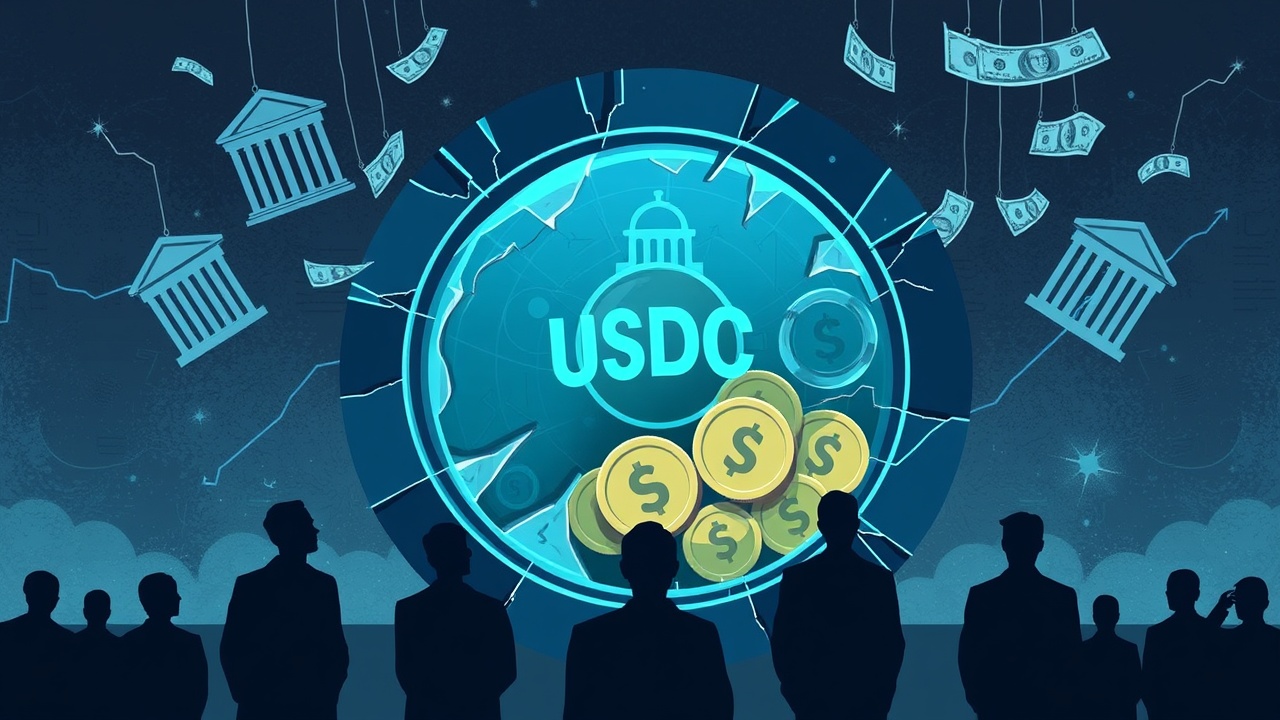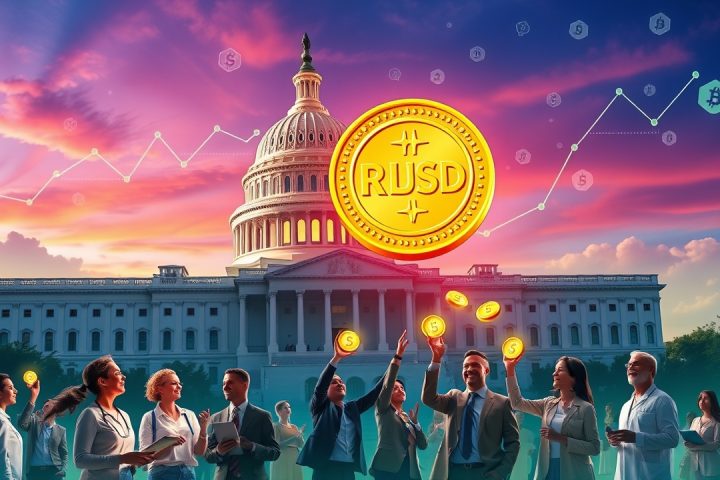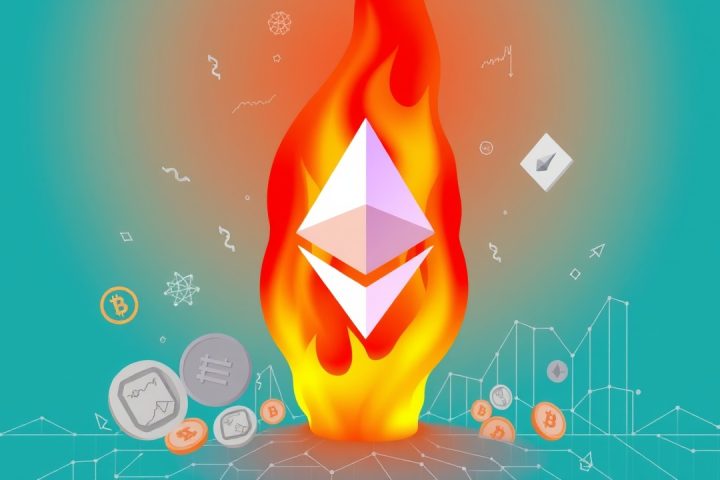Overview of Circle’s IPO and USDC Stability
According to analysts at S&P Global, the recent initial public offering (IPO) by Circle, the company behind the USDC stablecoin, does not fundamentally alter the stability profile of USDC, despite the surge in Circle’s stock prices following its listing. Muhammad Damak, an analyst at S&P Global Ratings, emphasized that the IPO does not influence the essential metrics or concerns surrounding the stablecoin’s stability.
His colleague, Lisa Schroeer, reiterated that legislative clarity, rather than corporate structure changes, will have a more significant impact on the stablecoin market.
The Relationship Between Circle and USDC
The distinction between Circle as a publicly traded entity and USDC as its digital currency is crucial. USDC operates through smart contracts on various blockchains, including Ethereum and Solana. Theoretically, if everything functions as designed, the assets backing USDC should remain intact even if Circle faces bankruptcy.
However, a decline in the stablecoin’s stability assessment in December sparked questions about the protective legal frameworks surrounding these reserves. This assessment highlighted concerns regarding the ‘bankruptcy remoteness’ of USDC’s reserves—meaning that in bankruptcy proceedings, these assets should be exempt from claims by Circle’s creditors.
Legal Context and Concerns
Circle has acknowledged this potential ambiguity, stating that reserves are secured in accounts meant to be out of reach of the company’s creditors, thereby preserving the rights of USDC holders. However, the legal landscape regarding the treatment of digital asset reserves in bankruptcy situations remains uncertain, with Circle admitting in an SEC filing that stablecoin holders cannot be guaranteed complete access to their reserves should the company go under.
Future Legislation and Its Impact
The lack of established legal benchmarks, particularly with Circle being a pioneer in the stablecoin domain and the first to go public on the New York Stock Exchange, leaves many questions unanswered. Analysts from S&P are particularly attentive to the progress of the GENIUS Act, proposed legislation aimed at establishing federal oversight for stablecoins and defining clear rules for reserve management.
Major aspects of this legislation include providing priority access to stablecoin holders to the funds backing their assets if the issuing company enters bankruptcy. Schroeer articulated the potential benefits of such legislation, asserting that it would assure stablecoin holders that their associated funds would remain secure even if the issuer fails.
In a related note, Circle has expressed support for these regulatory developments, advocating for measures that would protect USDC holders, allowing them to be prioritized in scenarios of insolvency rather than being left vulnerable.
Conclusion
As the landscape for stablecoin regulation evolves, stakeholders await further developments that could bring about necessary legal protections for digital asset holders.




